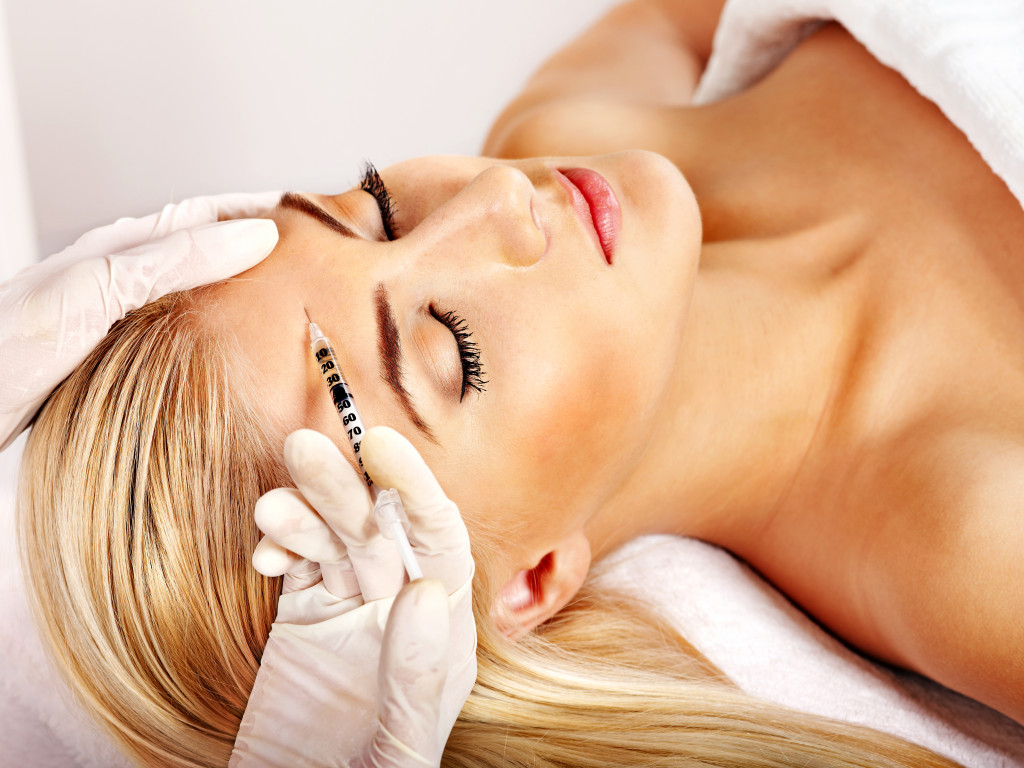Disclaimer: This website provides health information for educational purposes only and is not a substitute for professional medical advice, diagnosis, or treatment. Always seek the guidance of a qualified healthcare provider with any questions you may have.
Do you get migraines often? Any migraine sufferer will tell you that the pain from these episodes can be debilitating. Most migraines can be classified into the following categories:
- Migraines with aura, or classical migraines
- Migraines without aura, or common migraines
- Migraines without head pains, or silent migraines
- Hemiplegic migraines
- Retinal migraines
Of these, hemiplegic migraines are the rarest, but also the most concerning. The symptoms include all the telltale signs associated with other categories of migraines but also include a weakening on one side of the body, similar to symptoms commonly associated with strokes.
Is Botox the Answer?
So is this cosmetic treatment the solution to your migraine headache? Most Americans seem to think so. Botox treatment for chronic migraines was approved by the Food and Drug Administration (FDA) in 2010 when people who were getting regular Botox treatments for cosmetic purposes also reported that their headaches have become less painful and less frequent. After conducting rigorous testing to support these claims, the FDA approved its use for chronic migraines in people 18-years-old and above.
The key thing to remember here is that it’s approved for chronic migraines, meaning you get these painful headaches at least 15 days a month. This treatment is not approved for episodic migraines that only occur once in a while, as it’s not considered a cure, but more of a preventive medication.
How Does Botox Work for Migraines?
As previously mentioned, Botox is more preventive than curative, so doctors who prescribe it advise patients that they’ll most likely start seeing results by the second or third injection. It is injected in the pain fibers commonly involved in your headaches and acts by blocking the chemicals that transmits pain to your brain, preventing the activation of these networks. It won’t work if you’re already in the throes of a migraine attack, but it could prevent future attacks from being less severe and less frequent.
During a migraine attack, you might want to look into several remedies that include the use of essential oils, yoga, and herbal and organic supplements.

Are There Side Effects to this Cosmetic Treatment?
Most of the reported side effects of using Botox to treat migraines included neck pain and a tightness around the forehead and eyebrow area. Not surprising since its primary use was touted for cosmetic purposes that included decreasing lines and wrinkles in the forehead and eye area.
However, the injection for migraine treatment is not usually administered at those sites, so instead of looking years younger, many patients reported looking bloated or tired. As for the neck pain, patients reported that it was only during the first or second treatment when they experienced this heavy feeling.
As far as side effects go, though, these are fairly mild and with the additional news that Botox can alleviate depression and improve your quality of life, it is still worth looking into if you suffer from chronic migraines.
Will My Insurance Cover Botox Treatments for Migraines?
In a nutshell, yes, as it has approval from the FDA. The recommended dosage for treatments is expected to cost anywhere from $300 to $600 and could be covered by Medicare and Medicaid. You could also talk to your personal insurance provider to check if you’re covered. Typically, personal insurers require that you have already sought and failed with at least two different treatments in the past, including the use of various medication for seizures, depression, and blood pressure.




